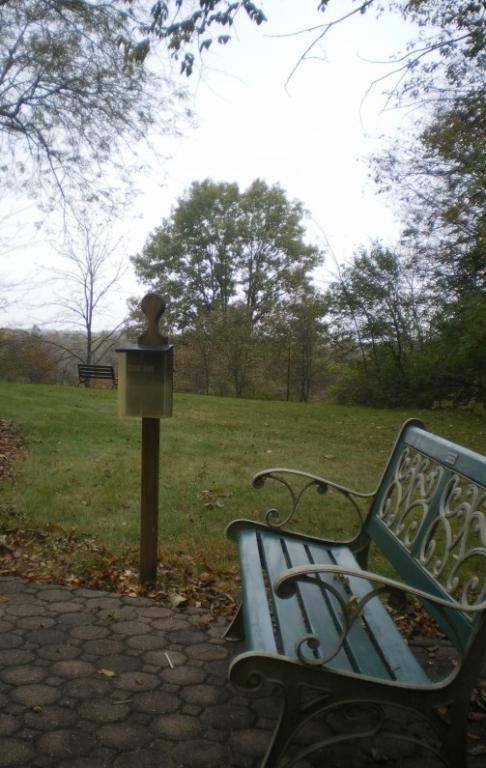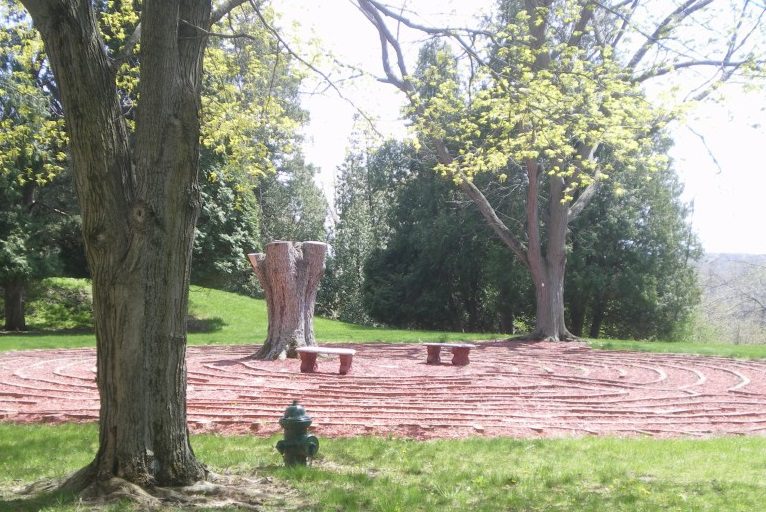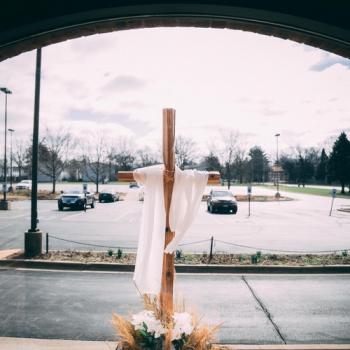 Those of you who frequent this channel and not just this blog may have noticed a teeny weeny blog post over at M:W’s sister blog The High Calling called “Trapped: The Church Vocation Issue We Don’t Talk About.” In it author Gordon Atkinson notes:
Those of you who frequent this channel and not just this blog may have noticed a teeny weeny blog post over at M:W’s sister blog The High Calling called “Trapped: The Church Vocation Issue We Don’t Talk About.” In it author Gordon Atkinson notes:
There are thousands of ministers out there who no longer wish to be ministers. They no longer want to work in churches. They don’t want to do it anymore. But they don’t know how to leave. They don’t have anywhere to go. They don’t know what to do.
Yes, I said thousands. I thought about it. Hundreds is too low a number. It’s thousands. Thousands of ministers working in churches and wishing they could leave.
It’s very common. I know this because I used to be a minister. And I reached the place where I wanted to leave. And I wasn’t alone.
When I shared the article on my personal Facebook page I said, “Yes. Been there. And only came back when I found a place where ‘being a gung-ho cheerleader for the cause’ was not a required part of the job description.” (You can read more about all that here.)
Apparently I wasn’t the only one who shared the post. Or the concern. (Although the concern is not new: my favorite poem about a priest who wanted to quit was written in the seventeenth century.) I’ve read two other posts about the subject on Patheos recently: a Presbyterian minister who announced he doesn’t believe in God and a former preacher, now a cab driver, about the night he wore a clergy collar to work. (If you need a language alert for that second post, here is your language alert.)
I’ve been haunted by all those posts, especially Pat Green’s, the cabbie. I returned to the ordination path after I left it (although not in the same denomination), and I do believe in God in a number of fairly old-fashioned ways. (I am fond of saying that I believe the Nicene Creed and the famous statement of Herbert Butterfield: “Hold to Christ, and for the rest be uncommitted.”) But one of the things that drew Green out of the priesthood and into the cab-driving business was the sense, at least from his post, that the church had given up on being in the places where people really hurt, suffered, and cared. Atkinson gets at this too, noting that the modern church seeks entrepreneurs, CEOs, “polished and shiny” communicators, and all sorts of things they don’t teach you in seminary. Maybe can’t teach you in seminary. It doesn’t seek people who know how to suffer and won’t try to talk it cheerfully away.
A few years ago with my Christian History Magazine hat on I edited a issue on Charles Darwin, and wrote a blog post about it called “Darwin and the Dark,” saying there:
It was years ago, but I still remember: staring out of the window of a dormitory, looking as the snow fell on the hilly ground and blanketed the leaves, wondering if I would ever sleep again. Walking down sunny sidewalks, passing people who smiled and talked and appeared to be normal, while so tormented by the grief inside that I could not speak normally to them in return. Lighting a candle and sitting before it, Bible and book of prayers in hand, with the words on the page as dead as if they were written on a gravestone. I was at a Christian school, preparing for the Christian ministry. And God was as lost to me as if I had been on a desert island….
One thing I knew very little about, and was surprised by, was Darwin’s own story. Surprisingly, it resonated with my own. He was raised in a Christian world where the emphasis was on the order and beauty of the universe, where philosopher William Paley’s argument that design in nature implied a divine designer, that if you found a watch on the beach you would assume a watchmaker had made it, and that this was proof for the existence of God, was on everyone’s lips.
But the struggles in nature that Darwin observed on his trip around the world in the Beagle, and the suffering that dogged his own life—persistent ill health and the death of his beloved daughter Annie—seemed to show him little design, little proof, little hope….. Time and time again, in the story of those who have either departed faith or who have had difficulty ever adopting it, that question looms large. It loomed large for me as I sat in front of my candle and could no longer pray.
Many wise and helpful answers have been given to this question over the centuries by our fathers and mothers in the faith. And they can be consoling ones. But to each of us at some point comes that moment when neither wise answers nor consolation are enough. What is said to us and done for us then, how the suffering Christ becomes real to us and somehow is suffering with us in the darkness, can mean more than all the apologetics in the world.
I don’t write this post with answers–for Atkinson, or Green, or anyone else who needs them (or maybe has even stopped asking for them.) But I do write it, as someone who lives every day with this material discussing how all of us can be faithful to God in our daily work, as a plea. If the church doesn’t learn to sit in the darkness and suffer, it becomes hard to listen to anything else we have to say. If, as some have argued, we live in a surrounding culture of relentless cheerfulness, it becomes all the more necessary. No integration of faith and work, of love and hope and striving and culture-forming, is complete without acknowledging the pain and darkness that dogs all our steps as well. If you’ve never heard that before, hear it now.












